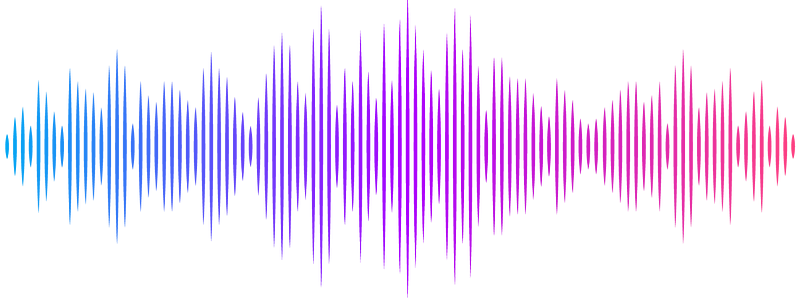Dopamine D2R and opioid MOR availability in autism spectrum disorder

Dopamine D2R and opioid MOR availability in autism spectrum disorder
Noppari, T.; Tuisku, J.; Lukkarinen, L.; Tani, P.; Lindberg, N.; Saure, E.; Lauerma, H.; Tiihonen, J.; Hirvonen, J.; Helin, S.; Rajander, J.; Salmi, J.; Nummenmaa, L.
AbstractOpioid and dopamine receptor systems are implicated in the pathoetiology of autism, but in vivo human brain imaging evidence for their role remains elusive. Here, we investigated regional type 2 dopamine and mu-opioid receptor (D2R and MOR, respectively) availabilities and regional interactions between the two neuromodulatory systems associated with autism spectrum disorder (ASD). In vivo positron emission tomography (PET) with radioligands [11C]raclopride (D2R) and [11C]carfentanil (MOR) was carried out in 16 adult males with high functioning ASD and 19 age and sex matched controls. Regional group differences in D2R and MOR receptor availabilities were tested with linear mixed models and associations between regional receptor availabilities were examined with correlations. There were no group differences in whole-brain voxel-wise analysis of DR2 but ROI analysis presented a lower overall mean D2R availability in striatum of the ASD versus control group. Post hoc regional analysis revealed reduced D2R availability in nucleus accumbens of the ASD group. The whole-brain voxel-wise analysis of MOR revealed precuneal up-regulation in the ASD group, but there was no overall group difference in the ROI analysis for MOR. MOR down-regulation was observed in the hippocampi of the ASD group in a post hoc analysis. Regional correlations between D2R and MOR availabilities were weaker in the ASD group versus control group in the amygdala and nucleus accumbens. These alterations may translate to disrupted modulation of social motivation and reward in ASD.